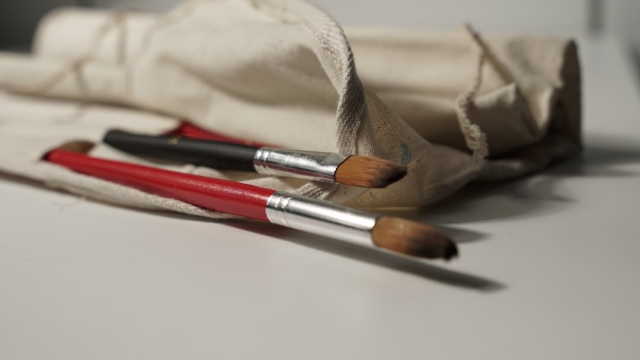Art is a beautiful form of expression that allows individuals to communicate feelings, ideas, and narratives without words. Learning new art techniques can enhance your skills, inspire creativity, and broaden your artistic horizons. Whether you’re a beginner or an experienced artist looking to refine your craft, exploring various methods through art technique demonstrations can be incredibly beneficial. In this article, we will delve into specific techniques within watercolor, acrylic pouring, and charcoal drawing, providing step-by-step demonstrations and practical tips to guide you along your artistic journey.
Exploring Watercolor Techniques: Step-by-Step Demonstrations
Watercolor painting is renowned for its fluidity and transparency. To get started, gather your materials: quality watercolor paper, a set of watercolors, brushes, and water. A good demonstration of watercolor techniques often begins with mastering the basics of wet-on-wet and wet-on-dry applications.
Wet-on-Wet Technique
1. Wet your watercolor paper with clean water using a large brush. This creates a smooth surface for your paint.
2. Choose your watercolor colors. As you apply them to the wet surface, observe how they spread and blend. Experiment with different color combinations.
3. Let the colors mix naturally on the paper, allowing for soft edges and gradients. This technique is ideal for landscapes or abstract forms.
Wet-on-Dry Technique
1. Begin with dry watercolor paper. Load your brush with paint and apply it directly to the surface.
2. Notice the sharper edges and defined shapes this technique creates, making it perfect for detailed work like floral paintings.
3. Practice layering colors to achieve depth and dimension in your artwork. Remember, patience is key with watercolors!
Mastering Acrylic Pouring: A Beginner’s Guide
Acrylic pouring is a captivating technique that allows vibrant colors to blend and swirl together, creating stunning effects. This method is accessible to beginners and can yield extraordinary results with practice.
Getting Started with Acrylic Pouring
1. Prepare your workspace by covering surfaces with plastic or newspaper to catch any drips.
2. Select your acrylic paints and mix them with a pouring medium to achieve the right consistency. Each color should flow like heavy cream.
3. Choose a pouring technique—dirty pour, flip cup, or swipe. For a flip cup, layer your colors in a cup, then flip it onto your canvas to release the paint.
Creating Your Artwork
1. Allow the paint to spread naturally across the canvas. You can tilt the canvas to move the paint, creating interesting patterns.
2. Use a heat gun or torch to pop any air bubbles that form, which can enhance the overall appearance of your piece.
3. Allow your artwork to dry completely before moving it. This technique requires patience but rewards you with vibrant, captivating pieces.
Understanding Charcoal Drawing: Techniques and Tips
Charcoal drawing offers a unique way to explore texture and contrast. The versatility of charcoal allows for expressive lines and dramatic shading, making it a favorite among many artists.
Basic Charcoal Techniques
1. Begin by selecting your charcoal—vine or compressed. Vine charcoal is softer and easier to erase, while compressed charcoal provides darker lines.
2. Start with light strokes to sketch your subject. Use your fingers or a blending stump to smooth out areas for shading.
3. Experiment with various pressures to create different line qualities. Light pressure yields soft lines, while heavy pressure results in bold, dark lines.
Shading and Blending
1. Build your values gradually. Start with lighter shades and work your way to darker tones to maintain control over your drawing.
2. Use an eraser to lift charcoal for highlights; this technique adds depth and dimension to your artwork.
3. Practice blending techniques to create seamless transitions between light and shadow, enhancing the realism of your drawings.
In conclusion, engaging with art technique demonstrations can significantly improve your artistic skills. By exploring different mediums and methods, you can discover what resonates with you. Remember that practice is essential; don’t hesitate to experiment and share your experiences with fellow artists. For more resources and inspiration related to art technique demonstrations, visit Cozy Art Land and immerse yourself in the world of creativity. Happy creating!

